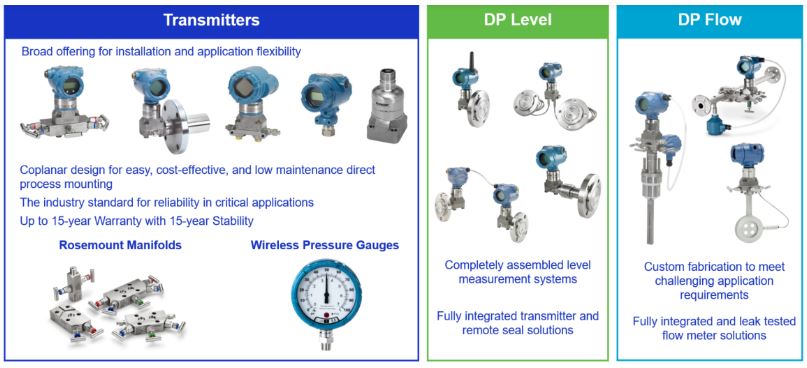How to Test a Pressure Transmitter
Published on 04 17, 2024 in Category: PRESSURE TRANSMITTER
 Pressure transmitters play a key role in many industrial processes, helping you to insure accurate measurement and control of your process pressure. However, like any instrument, they require periodic testing to insure their accuracy and reliability are as close to factory specifications as possible.
Pressure transmitters play a key role in many industrial processes, helping you to insure accurate measurement and control of your process pressure. However, like any instrument, they require periodic testing to insure their accuracy and reliability are as close to factory specifications as possible.
At KECO Engineered Controls, we choose, design, and configure pressure transmitters every day, and we also regularly use those results to test, troubleshoot, and calibrate pressure transmitters. As a result, please consider us as your source for pressure transmitter solutions.
Below is a short guide to effectively test a pressure transmitter.
Test Preparation
To begin, it is important to gather all required tools and equipment. This includes a multimeter for electrical testing, a manometer or pressure gauge to verify pressure, and proper safety gear such as goggles and gloves. Ensure that an installed pressure transmitter is isolated from the process to avoid any loss of process control during testing.
Electrical Testing
Start off by testing the electrical components of the pressure transmitter. Use the multimeter, measure the voltage across the power terminals to determine if the transmitter is receiving the necessary supply of power. Check the condition of the wiring connections and whether there are any indications of corrosion, loose connections, or damage.
Zero-Point Calibration
The next step is to perform a zero-point calibration to ensure an accurate base for pressure readings. This involves venting the pressure transmitter to atmospheric pressure and fine-tuning the zero trim until the output signal reads zero. Use a manometer or calibrated pressure test gauge to confirm that the pressure transmitter measures atmospheric pressure accurately.
Span Calibration
After the zero-point calibration, perform a span calibration to verify the accuracy of the pressure transmitter across its measurement range. Apply a known pressure to the transmitter and compare the output signal to the anticipated value. Adjust the span trim if necessary to obtain the desired accuracy.
Response Time Testing
Test the response time of the pressure transmitter by applying a step change in pressure and observing how fast the transmitter responds. The response time should be within the factory specified range for the transmitter model. Any deviations may indicate an issue with the transmitter's calibration or internal components.
Leak Testing
Finally, perform a leak test to ensure the pressure transmitter is sealed properly and does not leak under pressure. Apply a pressure higher than the normal operating range and monitor for any drop in pressure over time. Any significant pressure drop may indicate a leak in the transmitter sensor or its connections.
To learn more about the pressure transmitter models we provide for various industrial applications, call us today at 732.901.5900, email us at sales@kecocontrols.com, or leave us a message on our web site contact form. We look forward to hearing from you!





